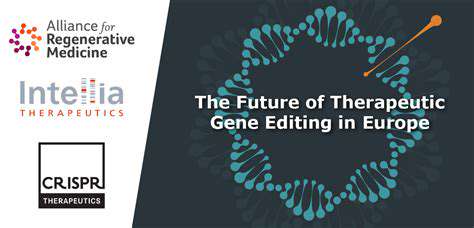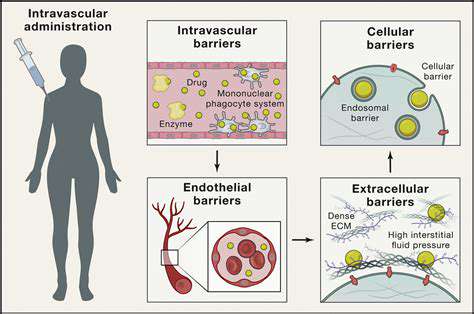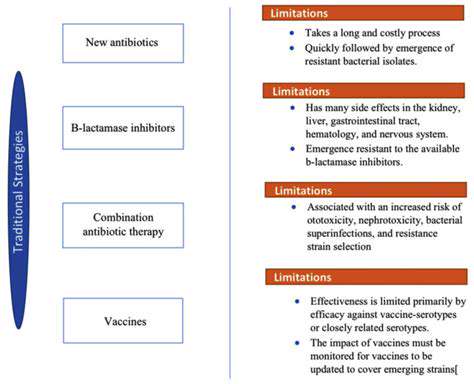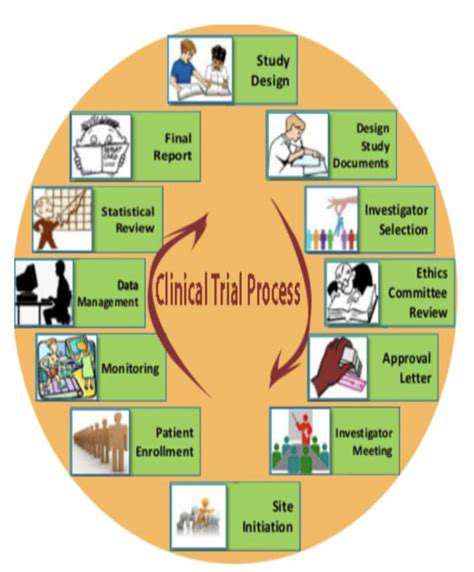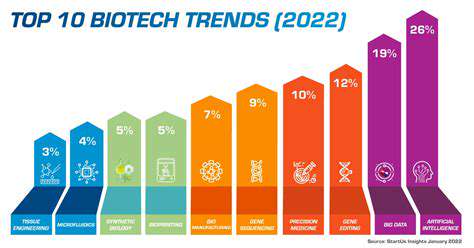The Promise of Precision Repair in Tissue Regeneration
Gene Editing for Precise Tissue Repair
Gene editing technologies, particularly CRISPR-Cas9, offer a revolutionary approach to tissue regeneration. Their ability to precisely target and modify specific genes within cells holds tremendous promise for treating a wide range of injuries and diseases. By correcting genetic defects or introducing beneficial genes, researchers are exploring how to stimulate the body's natural repair mechanisms to regenerate damaged tissues and organs, offering a potential pathway to healing previously intractable conditions.
Targeted Gene Correction for Regeneration
One crucial aspect of precision repair is the ability to target specific genes responsible for cellular dysfunction or tissue degeneration. This targeted approach allows researchers to correct the underlying genetic cause of the problem, rather than just treating the symptoms. This precise intervention could lead to more effective and lasting solutions compared to traditional therapies, potentially eliminating the need for repeated treatments or interventions.
Imagine a scenario where a genetic mutation causes cartilage damage. Gene editing could potentially correct this mutation, leading to the regeneration of healthy cartilage and restoring joint function. This is just one example of the potential applications of gene editing for targeted tissue regeneration.
Stimulating Natural Repair Mechanisms
Beyond simply correcting defects, gene editing can also be used to stimulate the body's natural repair mechanisms. Scientists are investigating how to activate dormant stem cells or enhance the proliferation and differentiation of existing cells, ultimately accelerating the regeneration process. This approach mimics the body's own healing capabilities, potentially leading to a more robust and durable repair.
Overcoming Challenges in Gene Editing
Despite the immense potential, challenges remain in translating gene editing technologies into practical treatments for tissue regeneration. One major hurdle is ensuring the precise delivery of gene-editing tools to the target cells within the affected tissues. Furthermore, off-target effects and immune responses must be carefully considered and mitigated to avoid unintended consequences. Ongoing research is focused on improving the efficiency and safety of gene editing techniques to overcome these obstacles and maximize their therapeutic potential.
Ethical Considerations and Future Directions
The use of gene editing for tissue regeneration raises important ethical considerations, particularly regarding germline editing and potential long-term consequences. Careful consideration of these issues is crucial to ensure responsible and equitable access to these potentially transformative therapies. Future research will focus on developing more precise and efficient gene editing tools, expanding the scope of target tissues, and exploring strategies to minimize potential risks. This includes developing robust pre-clinical and clinical trials to thoroughly assess safety and efficacy before widespread implementation.
Addressing Challenges and Ethical Considerations
Ethical Concerns Surrounding Germline Editing
One of the most significant ethical dilemmas surrounding gene editing, particularly germline editing, revolves around the potential for unintended consequences. Modifying the human germline—the genes passed down to future generations—could have unforeseen effects on human health and development. This raises profound questions about the long-term impacts on the human population, and whether we, as a society, possess the knowledge and responsibility to manipulate such fundamental aspects of human biology.
Furthermore, the potential for misuse and the creation of genetic inequalities is a significant concern. Access to these technologies might be unevenly distributed, leading to disparities in health outcomes and exacerbating existing social inequalities. Careful consideration must be given to the equitable distribution of such powerful tools and to ensure that they are not used to create genetic hierarchies.
The Role of Informed Consent in Gene Editing Procedures
Informed consent is paramount in any medical procedure, but it takes on added complexity in the context of gene editing. Patients undergoing gene editing procedures need to fully understand the potential risks, benefits, and long-term implications of the treatment, which can be exceptionally complex and potentially lifelong. This necessitates clear and accessible communication between healthcare professionals and patients, ensuring that patients make informed decisions about their bodies and future generations.
In cases involving germline editing, considerations must extend beyond the immediate patient. The potential impact on future generations must be explicitly addressed and factored into the consent process. This presents a unique challenge, as the individuals potentially affected by the decision are not yet present to provide consent.
Social and Cultural Implications of Gene Editing
Gene editing technologies raise complex social and cultural questions about human identity and the very definition of what it means to be human. As we gain the ability to alter fundamental aspects of our genetic makeup, we must grapple with the implications for human diversity and the potential erosion of natural variation. These considerations demand a thorough exploration of cultural values and beliefs surrounding human biology and reproduction.
Regulatory Frameworks and Oversight of Gene Editing
Establishing robust regulatory frameworks and oversight mechanisms is crucial to ensure that gene editing technologies are developed and deployed responsibly. These frameworks must address safety concerns, ethical considerations, and the potential for misuse. Clear guidelines for research protocols, clinical trials, and the commercialization of gene editing technologies are essential to prevent unintended consequences and ensure equitable access.
The Potential for Off-Target Effects and Long-Term Outcomes
A significant concern regarding gene editing technologies is the potential for off-target effects. Precise targeting of specific genes is critical, but there is a risk that the editing process may unintentionally alter other genes or genetic sequences. Thorough research and rigorous testing are essential to minimize these risks and assess the long-term consequences of gene editing interventions.
Accessibility and Equity in Gene Editing Therapies
The high cost of gene editing technologies may pose a significant barrier to equitable access. If these therapies become available, it's crucial to ensure that they are accessible to all populations, regardless of socioeconomic status. Addressing the cost of development, manufacturing, and administration of these treatments is essential to their widespread adoption and to prevent exacerbating existing health disparities.
